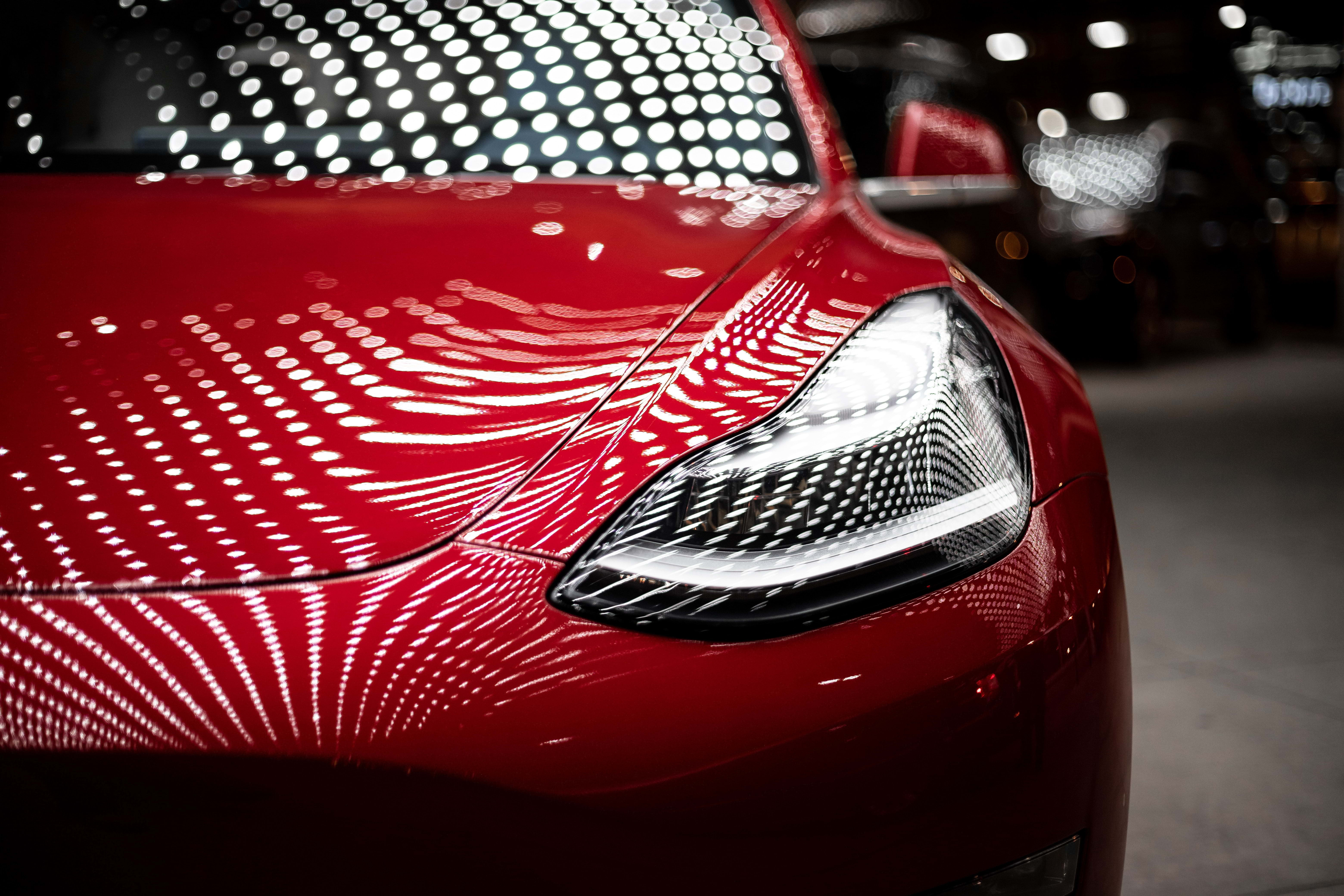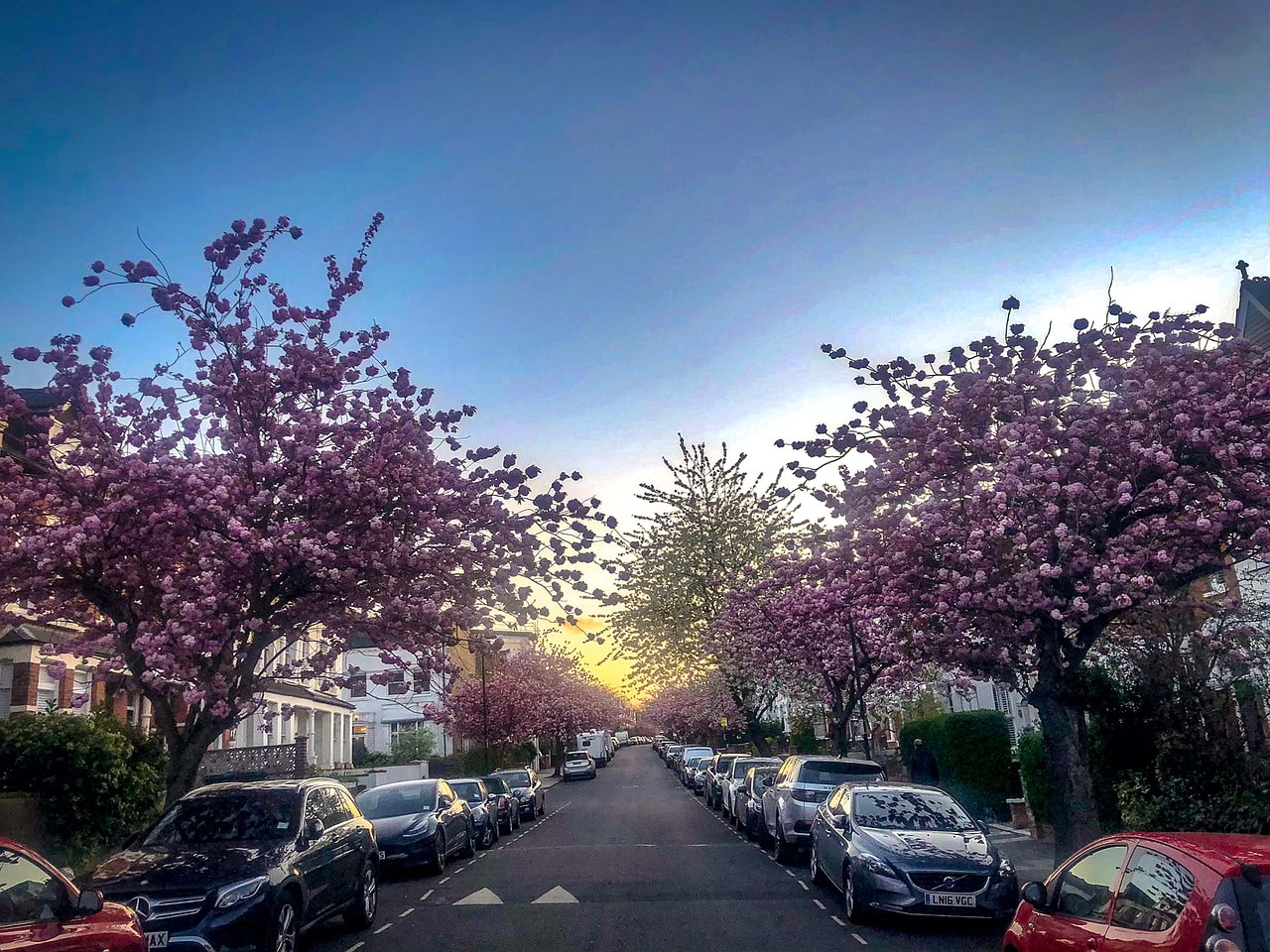Top Tips for Driving in and Around London
London is famed for its public transport connections, be it via the underground or by hopping on a bus, but for many, having the freedom to explore as you see fit is the best way to experience the UK’s capital and its surrounding areas. As a tourist, it can be tough to decide if you should hire a car or not, but if you’re looking to explore a lot of the Greater London area and beyond during your stay, it’d certainly be best to get a car. To ensure that you know exactly what you’re getting in for if you choose to drive around London, just keep scrolling.
Make the car hire part of your holiday planning
 Source: Unsplash
Source: Unsplash
Perhaps the main sticking point for many people thinking about driving around London is the process of hiring a car. Some see it as an extra effort that’s not needed after a long flight. Nowadays, however, you can bundle car hire with your flight booking and even alongside hotel bookings. Keeping it all in one place on one platform, booking a holiday on the Opodo website makes the process much more streamlined. Plus, you still get all of the benefits of the hyper-competitive in-airport arena of hire car companies. As there are so many of them, the dealerships want to keep their prices low and attractive, which the online holidaymaking platform draws from to allow for quick and convenient hiring.
Pay your congestion charge in advance
Whenever you’re driving around London between the hours of 7 am and 6 pm from Monday to Friday – bar public holidays – or 12 pm to 6 pm on weekends, you’ll owe the Transport for London Congestion Charge. Luckily, it’s a fixed rate charge that you can (and should) pay in advance on the official Transport for London site and nowhere else. The daily charge, which needs to be paid by midnight on the day of travel at the latest, is £15. If not paid on the day or in advance, the rate increases. There are some ways to cut this cost. Primarily, until December 2025, it only costs £10 if you’re driving an electric or hydrogen car.
Scout ahead for LEZ and ULEZ locations

Source: Pexels
Most of Greater London is now under the banner of Low Emission Zone (LEZ), which was brought in to help try to make the air cleaner in and around the city. It’s there to dissuade heavy diesel vehicles, which you may want to keep in mind when picking a car for your drive around London. In the newer Ultra Low Emissions Zones (ULEZ), if your car doesn’t meet the emissions standards and enters one of these zones at any time of the day, you’ll owe a £12.50 daily fee. These are quite prevalent now. Some of the very best museums in London are in a ULEZ, including the Science Museum and the Natural History Museum. So, if you’re planning to visit, keep these zones in mind.
Know the times when it’s best not to drive
If there’s one thing that London car owners know, it’s that it is the most congested city in the world, and residents certainly feel that every day. This is why the government brought in fees for congestion in an attempt to reduce it and divert people more towards public transport, but it hasn’t helped much. A bit of congestion is to be expected, and TomTom even notes that it takes over 36 minutes on average to drive 10 kilometres in the city. A big part of this slowdown is rush hour. There isn’t a set time for this excessive congestion, but traffic does tend to grow and peak from 6:30 am to 9:30 am and then again from 4 pm to 6:30 pm. Of all times to not go driving, 5 pm to 5:30 pm would be the main window to avoid.
Plan where you’ll park ahead of time
 Source: Pixabay
Source: Pixabay
If you want to go out and explore the top Michelin-starred restaurants in the city, you can’t always rely on venues having their own car parks. For most of your time in London, you’re best off planning and booking in some parking ahead of time. To do this, you can turn to the 100 car parks of National Car Parks or Q-Park, which has 16 car parks dotted around tourist hotspots in the city. London enforces parking restrictions from 8:30 am to 6:30 pm, and it’s always key to avoid parking or waiting on double yellow lines, single yellow lines, or their red-line equivalents.
Plan on using the M25 and A282 to scale London
You can drive within London to get between places, taking the winding roads and even the more scenic routes, but it takes a very, very long time to do so. Instead, you’ll usually find that an app offering ideal driving routes will take you onto the M25 or the A282 Dartford Crossing. They’re very useful, with the M25 taking the form of a roundabout-laden circle around much of Greater London. You’ll probably find yourself exiting London to get onto it, driving around, and then cutting back into the city. It’s also a speedy way to get out of London and towards another part of the country.
Now, you’re all set to get in that car and roll around London at will!

